Auto Insurance 201
We covered the basics, now it is time to dig deeper. Let’s start with “gap insurance” because it’s additional coverage that’s pretty much essential if you plan on buying or leasing a new vehicle. Why? In a nutshell, gap insurance protects your automotive investment against depreciation. Gap insurance is not required but it’s no secret that as soon as a new car gets driven off the dealer’s lot its value can instantly depreciate by 20 percent or more. Now, let’s say that same vehicle were to be stolen or involved in a total loss accident a few miles down the road. The insurer would pay out only as much as the vehicle’s current value, leaving the policyholder to pay the “depreciation difference” between what the finance company says it’s owed for the destroyed vehicle, plus any applicable taxes or fees. In this situation, if you didn’t get gap insurance – either from an insurance company or the dealer – then you could be out a lot of money. In fact, if you tried to buy that same vehicle from the same dealership with the insurance payout money you receive, chances are you’d find a significant gap between what you paid the first time versus what you can put down for the replacement. If you were covered by gap insurance here though, you would be fully covered up to what the finance company wants though. As a rule of thumb, small down payments create a larger depreciation difference than large down payments do.
Many dealerships include gap insurance in new car financing and most offer some type of high-rate gap insurance, while some don’t offer anything at all. It’s a good idea to ask about and assess any policy before signing on the dotted line. The key is to assume nothing. In other words, shop around and check with your insurer to see if you can get a better rate or see if you are already covered. Your insurer may not offer gap coverage, however, there are many that do and at better-than-dealer rates.
In the event you’re required to have gap coverage and it’s not included in the financing agreement, it’s up to you to shop the going rates for it. If it’s already included, find out how much coverage you’re getting and what it’s going to cost. If you’re going to lease a new vehicle, find out if there’s some sort of built-in gap waiver clause that will cover the leased vehicle in the event of a total loss.
There are a few more considerations to weigh when shopping for gap insurance. First, you can skip this coverage if your auto insurance policy already covers up to the fully-financed amount. Second, some gap policies won’t be honored if the policyholder doesn’t also have comprehensive and collision coverage.
AAA describes depreciation as “…the difference between new-vehicle purchase price and estimated trade-in value at the end of five years.” It’s up to you to decide if depreciation should join death and taxes on the accepted list of “sure things in life.” If it does, you should definitely get gap insurance.
Collisions are stressful ordeals when you’re in one, but many people will tell you it’s the process that follows that’s a bigger pain in the ass. Having to bum rides or shell out for a rental while your vehicle’s getting fixed at the repair shop after paying your deductible is like pouring salt on the wound. It’s not long before you get your car back though – it looks almost brand new! Things start getting back to normal, but then your insurance company calls demanding more money. “How could this be?” you ask. Jaw dropping in disbelief, your insurance company rep informs you that the repairs to your vehicle were not authorized because the shop used OEM (original equipment manufacture) parts to stitch your ride back together. This is now your big problem because your insurer says it’ll only pay for repairs made using aftermarket parts.
You now find yourself in somewhat of a conundrum, one which you probably could’ve avoided if you’d only delegated that OEM parts be used for collision repairs on your policy beforehand. Sounds pretty straightforward, right? Not if you consider that many insurers prohibit body shops from using original parts just to save a few bucks. They argue the differences in the quality and safety of original and aftermarket parts are negligible at best.
Aftermarket parts cost significantly less in most cases. However, there are several important things you need to know before using them to repair your vehicle. These issues aren’t necessarily tied to insurance, but, for starters, you could be seriously hurting your vehicle’s resale value by going aftermarket. You could say that, in general, aftermarket parts speed up depreciation. Your only certainty is that any dealer willing to accept it as a trade-in will know exactly what type of repairs have been made and whether or not original parts were used simply by pulling up its history report.
Not only can using aftermarket parts on your vehicle hurt its resale value, there can be significant penalties – like forfeiting your security deposit or worse – incurred in lease agreements where a leased vehicle is returned, but no longer in factory form.
Safety is another concern when it comes to using aftermarket parts for repairs. While the vast majority of aftermarket parts are safe to use, there’s a lot of controversy about the standards some non-OEM parts manufacturers are subject to (or not subject to) when developing them. Meanwhile, some contest that aftermarket parts are safe enough, or at least as safe as the originals. Even the Insurance Institute for Highway Safety acknowledges that using aftermarket replacement parts for cosmetic repairs doesn’t degrade the safety of a vehicle in a crash. In most cases, it won’t improve it either.
After making a claim, some insurers will refer you to a “preferred” shop before signing off on any repairs to your vehicle in an attempt to keep you away from your dealership where original replacement parts go for top dollar. Another thing to consider is that OEM parts for some late-model vehicles are rare and, therefore, take more time to get installed. If time is of the essence when settling a claim, you may end up spending hundreds more on waiting for the OEM parts to arrive than you would have if you went with more readily-available aftermarket parts. For example, your insurer might only pay for a rental car for one week and the repairs will take two to three.
If you go the more economical route and use aftermarket parts to repair your vehicle, try to use high-quality parts certified by the Certified Automotive Parts Association (CAPA). Important because they set and maintain the quality standards for metal, plastics and lighting in the manufacturing of aftermarket parts for collision repairs. Their website lets you search the CAPA database for approved replacement parts by make, year and model of vehicle – very useful!
It’s up to you to read through your lease agreement and insurance policy to find the nuances. Just as important is to specify they type of parts – original or aftermarket – to be used when repairs are warranted. Generally, insurance companies won’t repay all of your repair costs unless aftermarket parts are used. Unless, it’s explicitly written in your policy, you’ll probably have to pay the difference between the original parts used and the aftermarket parts specified in the estimate.
How do you know which type of replacement parts are best for your car? Really though, you should be asking which parts are right for your situation. Why? It’s because we all have different values and priorities. Resale value may not be as big a consideration for a successful top executive as it is for a blue collar factory worker, for example. By the same token, if your vehicle’s resale is relatively low – maybe you’re its second or third owner – the less expensive aftermarket parts option may be more attractive the next time you’re at the repair shop.
More by Shaun Keenan



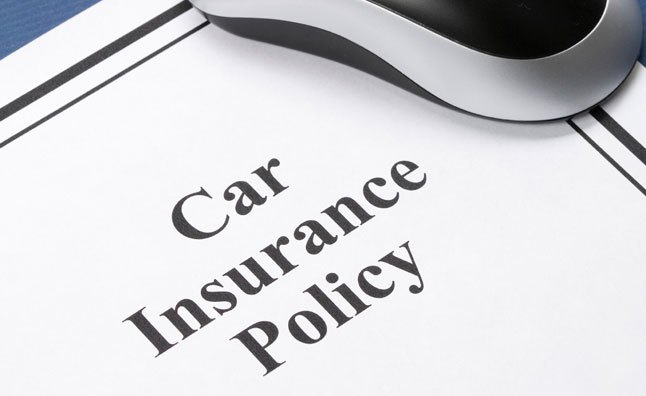





















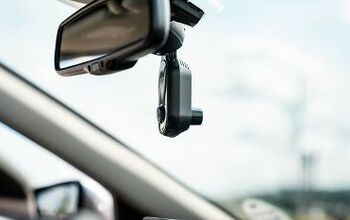

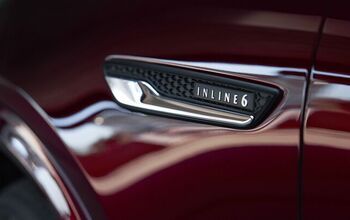
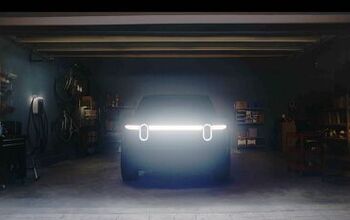


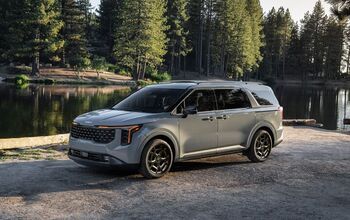
Comments
Join the conversation